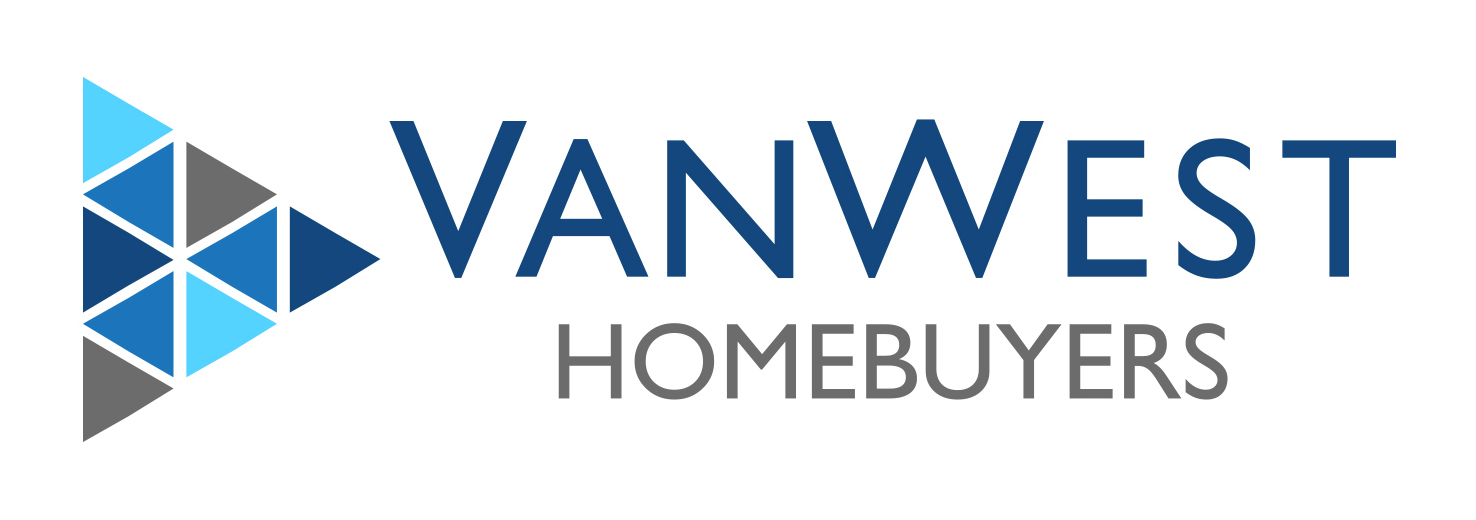What Is Selling a Home Subject to Your Existing Mortgage
When you sell a home subject to your existing mortgage in Colorado, it means that buyer takes over your current payments rather than obtaining a loan to pay off the balance. Any part of your balance that remains unpaid rolls into the final purchase price for the buyer. This type of transaction tends to happen more often when interest rates are higher. For example, if the going interest rate on a home mortgage is seven percent and a buyer can take over your mortgage payments with a five percent interest rate, he or she can save significant money.
Benefits of Selling Your Home Subject to Your Existing Mortgage
Why would a seller choose this payment option? High-interest rates affect sellers as well as buyers. A house may remain on the market for much longer than a seller would like when buyers cannot obtain a mortgage with affordable payments. In this situation, it makes sense for a seller to work with a buyer directly and have him or her take over the mortgage payments.
Another common reason for this type of transaction is if a buyer cannot obtain a traditional mortgage due to problems with his or her credit. Rather than lose an interested buyer, the seller can exercise the option of selling a home subject to the existing mortgage. Interest savings for the buyer and the opportunity to work with a wider base of people for the seller are the main advantages of this type of real estate transaction.
Types of Subject to the Existing Mortgage Transactions
The seller may or may not end up financing the property, depending on the specific type of transaction he or she agrees to with the buyer. The three options available to the parties include:
Straight subject to with carry-back from seller: This type of transaction, also known as owner or seller financing, is most common in second mortgage situations. It can also be a lease option sales instrument or a land contract. As an example of this plan in action, assume the seller has a house on the market valued at $250,000 with a remaining balance of $150,000. The seller would finance the difference between the two less any down payment. This amount would be subject to a different interest rate and require the buyer to make two different payments. One would go to the seller directly and the second would go to the seller’s lender.
Straight subject to cash-to-loan: This type of subject to the existing mortgage is the most common. With this transaction, the buyer pays the seller the cash difference between the existing loan balance and the current selling price of the property.
Wrap-around subject to: In this scenario, the seller receives an interest override because he or she earns money from the existing balance on the mortgage. If the existing mortgage is $200,000 with an interest rate of five percent, the seller’s carry-back would be $200,000 less any down payment. For this example, assume the buyer put down 10 percent, or $20,000. The seller would then earn one percent on the existing mortgage and six percent on any amount above that not covered by the down payment. For interest purposes, the buyer would pay six percent on the home’s value less his or her down payment.
Pitfalls of Buying or Selling a Home Subject to the Existing Mortgage
Buying or selling a home in this manner can be complex and is subject to both state and federal regulations. Another potential problem is that terms between buyers and sellers may be unclear, leading to disputes later about who the property legally belongs to.
The lending can call the loan due in full due to the due-on-sale clause. The lender has the right, but not the obligation, to call the note due in such a circumstance.
You can avoid both of these issues if you work with a knowledgeable real estate attorney, escrow officer and or real estate agent before you sign any legal documents.
